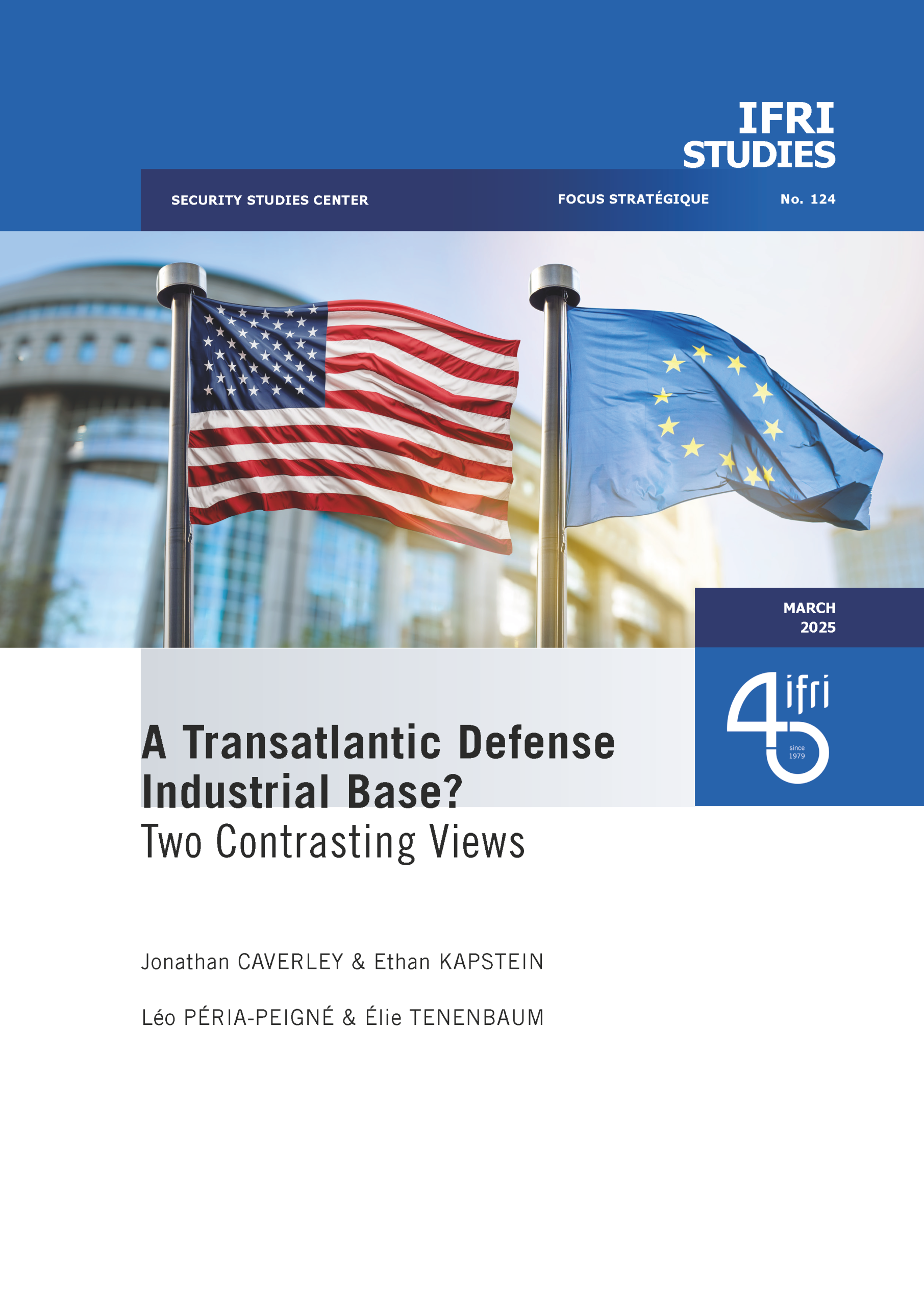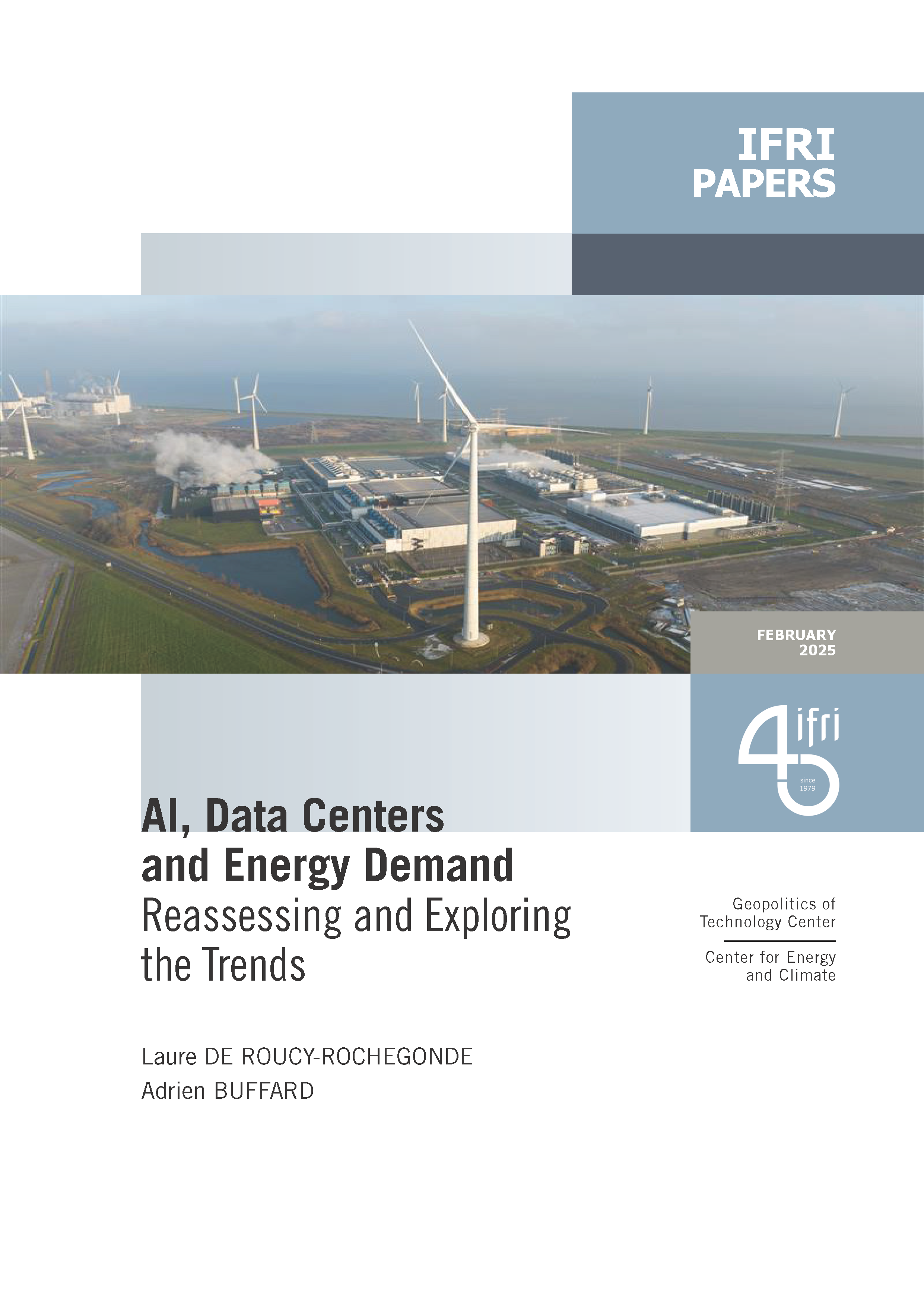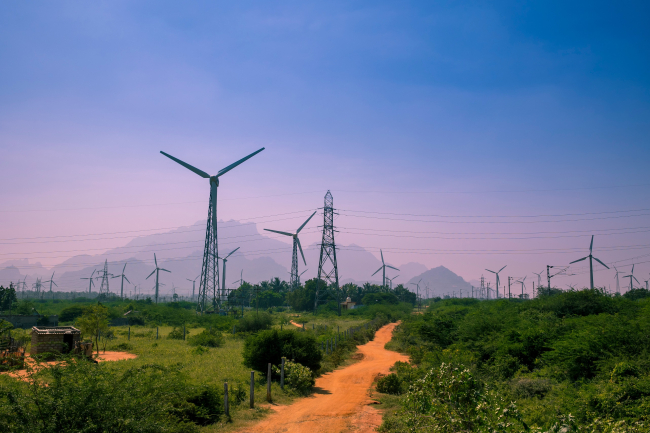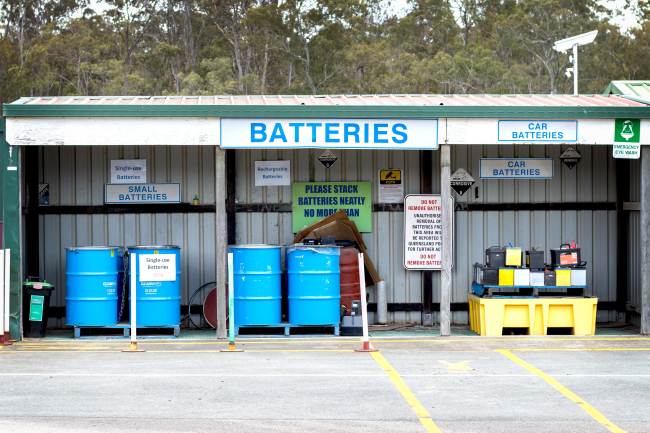Energy Efficiency: Smart but not Sexy

Marie C. DONNELLY, DG Energy, reported that the EU is “unlikely to achieve a 20% reduction on the current set of policies” [1] by 2020. According to her, based on a modelling exercise, the estimate of energy savings “would be somewhere between 9 and 11% on current policies” in spite of the contribution of the economic crisis to decreasing the EU primary energy consumption.
The EU commitment to reduce its primary energy consumption by 20% by 2020, as compared with business as usual projected levels of primary energy consumption for that year is to be added to the expected savings brought on by price effects, structural changes in the economy, natural replacement of technology and measures already in place. The target was highlighted for the first time in 2005 in the European Commission Green Paper on “A European Strategy for Sustainable and Secure Energy”. It was reaffirmed in the Energy Efficiency Action Plan proposed in 2006 and finally adopted in 2007 by the European Council. The new “Europe 2020” energy strategy, adopted in June 2010 by the European Council, includes the 20% energy savings target.
The energy reduction target is based on an estimate of 20% cost-effective [2] energy savings potential and should result, with respect to the baseline scenario, in an annual reduction of 390 Mtoe [3], 780 Mt CO2 emissions as well as a reduction of 100 billion Euros in the European fuel bill by 2020 [4]. However, this target is not a binding target unlike the renewable and emissions reduction targets.
A breakdown of energy savings potential by sectors (buildings, transport, industry) shows that the building sector (residential and commercial) has the highest cost effective energy savings potential, with an estimate of 57% of the total [5] while the savings potential in transport are estimated to be 26% and those from industry around 25%. Therefore, energy efficiency in the buildings sector was identified as a top priority for European energy savings policy and a comprehensive framework of directives/regulations has been developed/revised as well as financial instruments put in place to encourage the transformation of the European market and facilitate a rapid growth of an internal market for energy efficient goods and services.
One of the key Directives to reduce energy consumption in the buildings sector is the Energy Performance of Buildings Directive; EPBD; (2002/91/EC). Its implementation varies widely among Member States. The Energy Performance Certificate, the main tool introduced by the Directive in 2002, has been poorly implemented in most Member States. The Directive has been revised in 2010 to extend the scope to almost all existing and new buildings. The EPBD recast has also defined the concept of “nearly zero energy buildings” and “major renovation” and replaced the threshold of 1000 m² by 500 m².
However, the recast Directive is not stringent enough since the binding requirement of “nearly zero energy” for new public buildings will only be implemented by 2019 for public buildings and by 2020 for other buildings. In the meantime, Member States are free to set minimum energy requirements for new buildings with regular updates to reach the target of “nearly zero energy”. The situation for existing buildings is even worse as the revised Directive did not set a requirement or a deadline for the energy upgrade. Furthermore, tightening compliance requirements is addressed for Energy Performance Certificates only. An evaluation of the implementation of the original Directive shows high non-compliance in most Member States.
Regarding appliances and equipment, energy requirements are set by the Ecodesign and Energy Labelling Directives in case of mandatory requirements and by Energy Star regulation for the voluntary ones. To date, of the 38 product groups covered by Ecodesign, implementing measures for only 11 product groups/products have been adopted and only 4 product groups/products are labelled under the revised labelling Directive. Once again, tightening compliance is not well addressed by the Ecodesign Directive. It specifies that Member States have the responsibility whereas the appliances market is more European than national and recent studies showed that only few Member States are putting in place reinforced market surveillance activities.
From a financial perspective, funds for energy efficiency in the construction sector exist in the EU. However, the EU funds are managed by different organizations and applying for any of them requires high financial expertise that doesn’t always exist at Member State level. This might explain the unused funds. In fact, for residential buildings, eight billion Euros from the cohesion fund is available but as reported by Marie C. DONNELLY this “is not being used as quickly as we would like to see". A “One stop bureau” and a simplification of the procedures will probably facilitate the use of the existing funds.
The target of 20% energy savings is one of the 3 pillars of the EU climate package. But contrary to the two other pillars (increase to 20% the share of renewable energies and reduce by 20% the GHG emission) the energy savings target is not a binding one. The European parliament passed a motion in December 2010, demanding that the 20% energy reduction target be made binding. More recently, José Manuel BARROSO [6], the President of the Commission, recognised that "there was no specification of the concrete steps so; probably this is one of the reasons why we are not going so fast in energy efficiency”.
Achieving the 20% energy savings target is a shared responsibility between the Commission and Member States; without a binding measurable target, clear timeline and an effective implementation of the adopted measures, the Commission and Member States have little hope of achieving their objective.
___________________________________________________________________________
[1] Interview published by EurActiv.com on 23 December 2010
[2] The cost effectiveness is not defined in the Community legislation. However it’s commonly understood as the lowest life cycle-cost.
[3] Mtoe: Million Tons of Oil Equivalent.
[4] COM(2006)545Final; Action Plan for Energy Efficiency: Realising the potential
[5] COM(2006)545Final; Action Plan for Energy Efficiency: Realising the potential
[6] EurActiv interview published on January 2, 2011

Available in:
Regions and themes
Share
Related centers and programs
Discover our other research centers and programsFind out more
Discover all our analysesAI, Data Centers and Energy Demand: Reassessing and Exploring the Trends
The information and communication technologies sector today accounts for 9% of global electricity consumption, data centers for 1-1.3%, and artificial intelligence (AI) for less than 0.2%. The growing energy demands of cloud services first, and now AI workloads (10% of today’s data centers electricity demand), have exacerbated this trend. In the future, hyperscale data centers will gain shares amongst all kinds of data centers and AI will probably account for around 20% of data centers electricity demand by 2030.
Unlocking India’s Energy Transition: Addressing Grid Flexibility Challenges and Solutions
India is rapidly scaling up its renewable energy (RE) capacity, adding 15–20 GW annually, but the ambitious goal of 500 GW of non-fossil capacity by 2030 is at risk unless the pace accelerates.
Europe’s Black Mass Evasion: From Black Box to Strategic Recycling
EV batteries recycling is a building block for boosting the European Union (EU)’s strategic autonomy in the field of critical raw minerals (CRM) value chains. Yet, recent evolutions in the European EV value chain, marked by cancellations or postponements of projects, are raising the alarm on the prospects of the battery recycling industry in Europe.
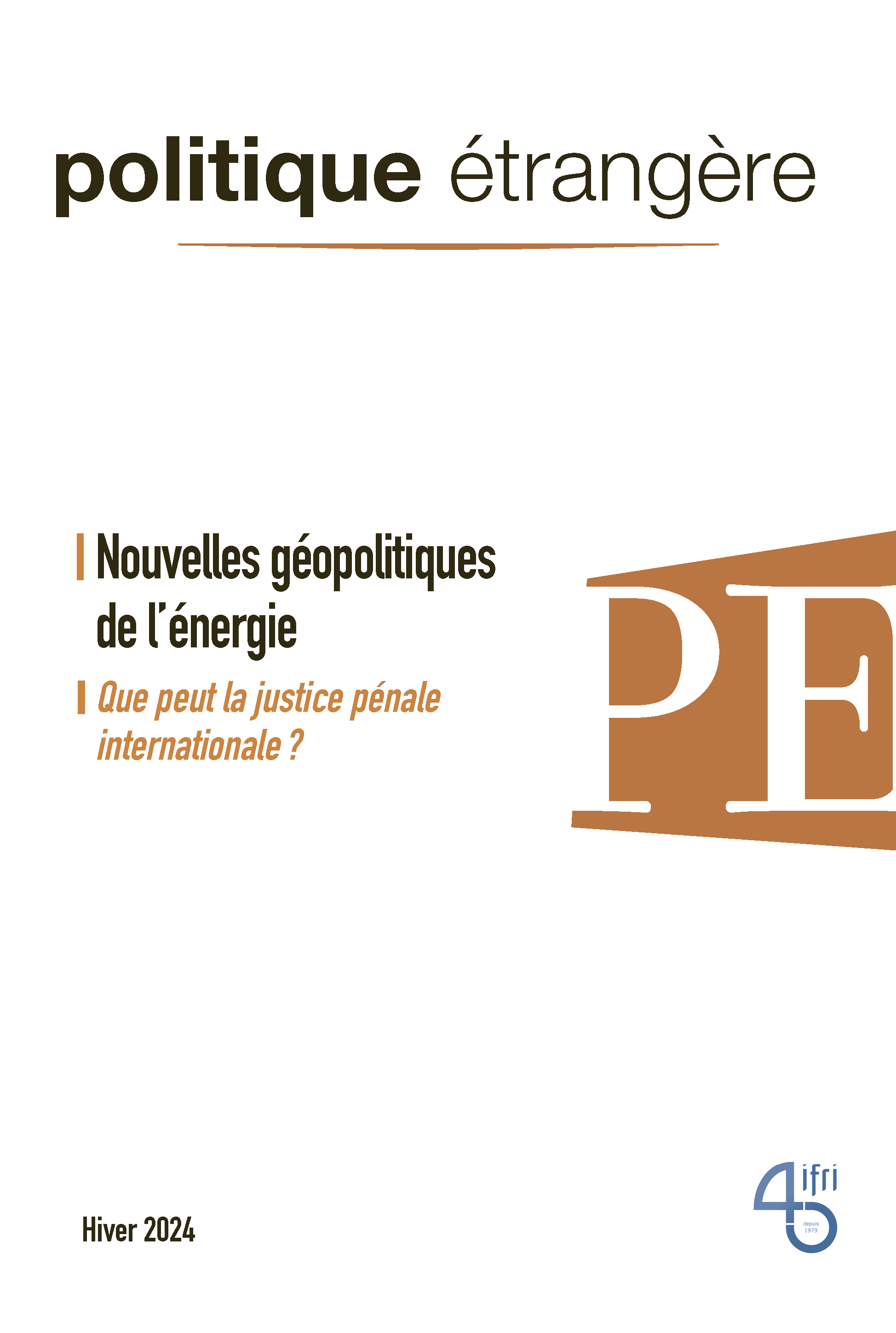
The New Geopolitics of Energy
Following the dramatic floods in Valencia, and as COP29 opens in Baku, climate change is forcing us to closely reexamine the pace—and the stumbling blocks—of the energy transition.


